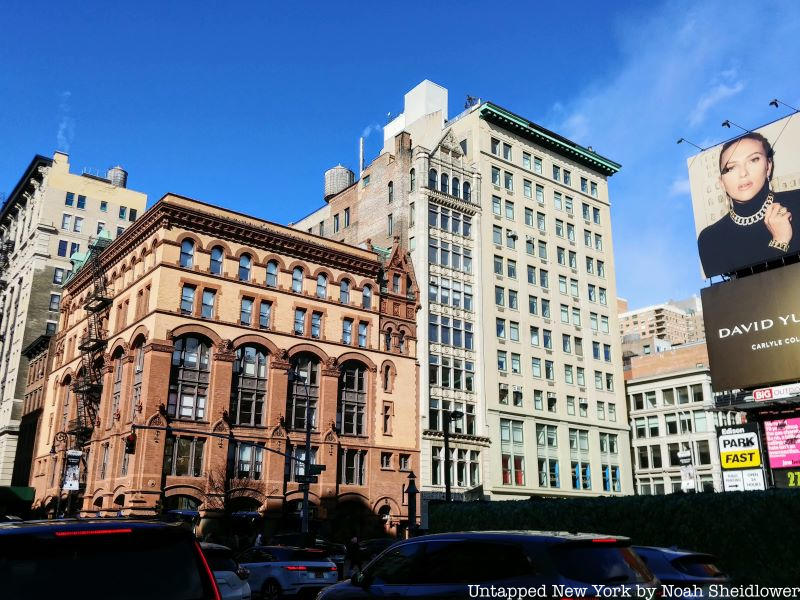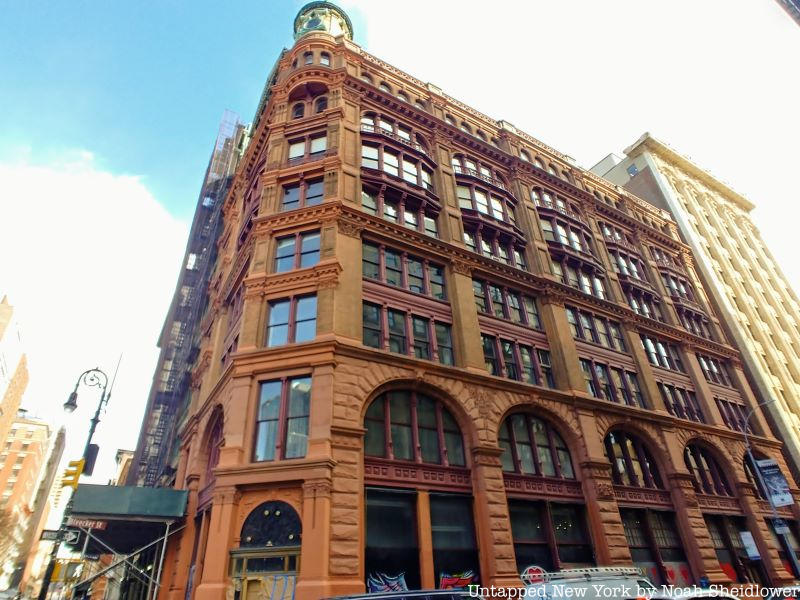
The Manhattan neighborhood of NoHo is small but packed with gorgeous architecture, public venues for theater and the arts, and a vibrant history that encompasses progressive social and political change and pioneering developments in medicine. Short for “North of Houston,” the neighborhood is roughly bounded by Houston to the south, Astor Place to the north, Broadway to the west, and the Bowery to the East. Even with an average monthly studio rent of $4,000, the neighborhood is a desirable place to live, NoHo’s small size and central location have recently attracted famous celebrity residents such as Gigi Hadid, Britney Spears, and Kristen Stewart. NoHo’s storied history reflects a neighborhood in constant evolution.
Built as a wealthy enclave for prominent New York residents in the early 1800s, NoHo by the end of the 19th century had become primarily a warehouse and manufacturing district. It wasn’t until the mid-20th century when NoHo’s lofts became off-the-beaten-track havens for artists such as Andy Warhol, Jean-Michel Basquiat, Robert Mapplethorpe, and Robert Rauschenberg that NoHo began to resemble the vibrant district it is today. Read on to discover 10 secrets of NoHo.
1. One of America’s biggest bank heists happened in NoHo

On October 27, 1878, the six-story Manhattan Savings Institution at 644-646 Broadway and the corner of Bleecker Street was the subject of one of the largest bank robberies in U.S. history. In the 19th century, the institution was one of the largest banks in the world, safeguarding the money and valuables of prominent citizens such as Andrew Carnegie and John D. Rockefeller. Its vaults and security systems were considered to be some of the nation’s most complex, posing a tantalizing challenge to bank robbers eager to strike it rich.
At around 6 a.m., a gang of seven thieves organized by the “King of the Bank Robbers” George Leslie burst into the apartment of bank janitor Louis Werckle. The gang seized the janitor’s keys to the bank and the combination to the safe. The robbers made off with $2.8 million in cash and securities, equivalent to $80 million in today’s money, before being apprehended six months later. Today the building’s replacement, the new eight-story brownstone Manhattan Savings Institution designed in 1891, stands at the scene of the crime.





